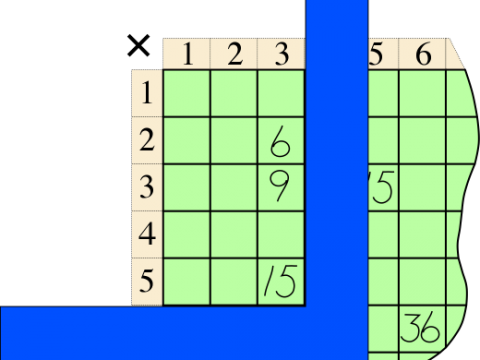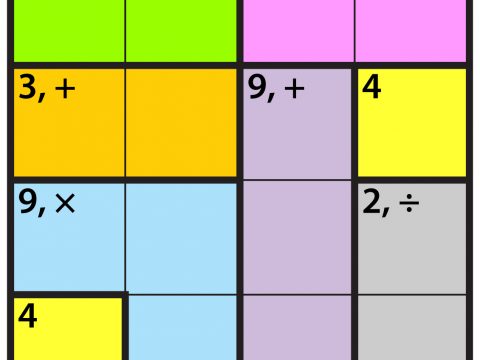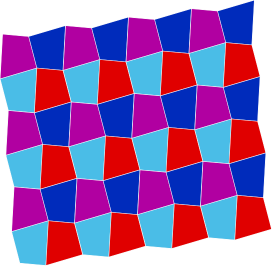Have a question about elementary mathematics content? Pedagogy? Language? Explore our library of posts answering questions teachers most frequently ask about elementary mathematics or ideas that they often want to investigate. These informational pages give insight and clarify concepts about elementary mathematics for teachers.
Do you have a question about a topic and do not see the answer below? Send a message to a member of our team!
Found 47 Results
November 21, 2019
Mathematically proficient students make sense of quantities and their relationships in problem situations.
November 21, 2019
Mathematically proficient students … justify their conclusions, communicate them to others, and respond to the arguments of others. They … distinguish correct logic or reasoning from that which is flawed, and—if there is a flaw in an argument—explain what it is.
November 21, 2019
Mathematically proficient students can apply the mathematics they know to solve problems arising in everyday life…. In early grades, this might be as simple as writing an addition equation to describe a situation.
November 21, 2019
Mathematically proficient students consider the available tools when solving a mathematical problem.
January 9, 2020
Mathematically proficient students try to communicate precisely to others.
November 21, 2019
Mathematically proficient students look closely to discern a pattern or structure.
December 3, 2019
Mathematically proficient students notice if calculations are repeated, and look both for general methods and for shortcuts.
November 20, 2019
Question: Children (and adults) are often uncertain whether the multiples of, say, 12 are the numbers one can multiply (like 3 and 4) to make 12, […]
November 21, 2019
This article deals with the meaning of multiplication, how it is introduced in Think Math!, and the early acquisition of facts.
November 21, 2019
Reducing ambiguity by agreement In general, nobody wants to be misunderstood. In mathematics, it is so important that readers understand expressions exactly the way the writer […]
November 20, 2019
Any counting number, other than 1, can be built by adding two or more smaller counting numbers. But only some counting numbers can be composed by multiplying two or more smaller counting numbers.
November 20, 2019
This page focuses on a way to introduce KenKen puzzles so that students see, focus on, and learn the logic, not just guessing. These puzzles give […]
November 21, 2019
KenKen(R) puzzles were not built into Think Math! but are a wonderful material to make regularly available to children. These puzzles give excellent arithmetic practice while […]
December 3, 2019
Logic puzzles are used as basic exercises not only in mathematics but in law. The Law School Admission Test (LSAT) is full of logical puzzles, and […]
January 9, 2020
Mobile puzzles are pictorial representations of systems of equations; each beam that balances two sets of objects (representing variables as unknown “weights”) represents an equation. Children […]
November 21, 2019
Who-Am-I? puzzles give clues about some mathematical object — usually a number or a shape — and you are to figure out what the object is. […]
December 3, 2019
Meaning: an angle that matches the corner of a (rectangular) piece of paper, or the angle at the base of a capital L or the top of a capital T.
December 3, 2019
"Circle" is a familiar word to most children very early, but with little more than an informal sense of "round." We sit "in a circle" without much thinking about how round it is, and without picturing the geometrical object associated with the word.
January 9, 2020
The term equiangular indicates that, in some figures, the angles are equal. It can be used to describe polygons, such as an equiangular pentagon.
November 21, 2019
A quadrilateral is a polygon that has exactly four sides. (This also means that a quadrilateral has exactly four vertices, and exactly four angles.)



